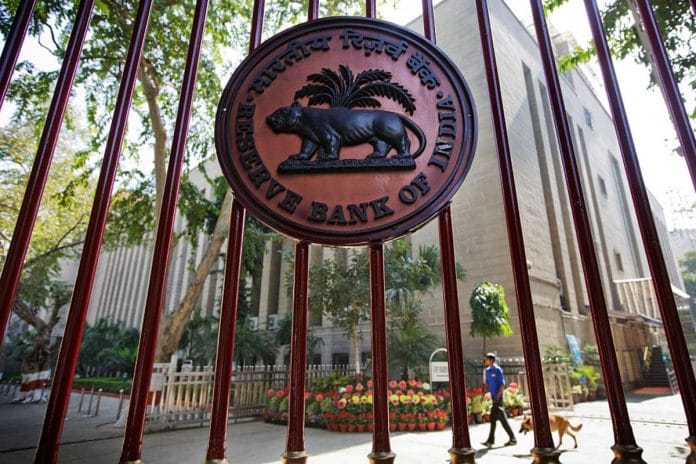India’s worst economic slump is no time for the government to sow doubts about the credibility of its institutions.
On Monday, the Reserve Bank of India postponed its three-day, rate-setting meeting without giving a reason. It was probably canceled because the panel didn’t have enough people to convene; the six-person committee requires four officials to proceed. The terms of three members have expired, and requests that the government extend their tenure were met with the formation of a group to select new ones instead. (By law, they can’t be appointed to second terms.)
No matter how you read this, the signals are discouraging. If it’s purely a scheduling snafu, then the timing is particularly poor. Gross domestic product dived 23.9% in the second quarter from a year earlier, easily the worst performance in Asia. India is crumbling beneath the toll of the coronavirus, with more than 6 million cases and is at risk of overtaking the U.S. for the unenviable mantle of most infections. The RBI postponement was announced after markets closed Monday; traders were already wrestling with record government borrowing.
Also read:Farmers give Mahindra, and even Modi govt some hope as equipment sales go up
If this is yet another example of Prime Minister Narendra Modi undermining the RBI, which is on its third governor in four years, investors are left wondering whether India has become something of a halfway house. It has the form of a modern central bank but lacks the substance of a truly independent institution. Current chief Shaktikanta Das’s two immediate predecessors left after spats with the government. Das, who has held the job since 2018, hasn’t directly opposed New Delhi. Indeed, his first decision of any import was an unexpected rate cut in early 2019.
The RBI was forecast to keep its benchmark rate unchanged at 4% this week, reflecting the persistence of inflation above its 2% to 6% target. India was one of Asia’s most aggressive rate-cutters amid a credit crisis in 2019. Officials also reduced borrowing costs at the start of the year, as the pandemic rippled across the country. Lately, its ardor for such easing has cooled. But the overall trend for inflation is down globally and India isn’t likely to be an exception for very long. Bloomberg Economics sees price increases abating and the RBI resuming reductions later this year.
Economic circumstances compel more cuts; the collapse in growth is simply too dramatic to ignore. If Modi’s prevarication about new appointments comes down to wanting to faster reductions, that’s understandable. The three outgoing members consist of a hawk, a dove and a person in the middle, according to Bloomberg Economics’ Abhishek Gupta. If Modi instead wants three doves — that is, advocates of easier policy — then he should hurry up and appoint them.
Governments the world over want central banks to give them the results they crave. In 2018, U.S. President Donald Trump mused about firing Federal Reserve Chair Jerome Powell because he apparently wasn’t moving fast enough to lower rates. (Trump eventually demurred.) A century of Fed credibility and the primacy of the dollar meant America paid no price for the president’s freelancing. Even if he had nudged Powell aside, the rate-setting Federal Open Market Committee still would have met. Its size and rotating system means there are always enough officials around.
Developing countries don’t get the same pass. So let’s start with some housekeeping that could help avoid a repeat of this fiasco. The first step should be expanding the MPC to seven members, which would avert the prospect of a tie. The RBI should also consider staggering terms and allowing for re-appointment. Modi enjoys an overwhelming majority in parliament; this shouldn’t be a heavy lift.
Central banks that operate free of political meddling tend to get it more right than wrong. The MPC came into existence in 2016, during Modi’s first term. India’s dire economic predicament has made serious demands on this young system, but the stakes are too high for it to falter.- Bloomberg
Also read: Modi govt can make it really easy to do business in India by accepting Vodafone tax loss






